What is Cell in Biology?-Definition, Types, and Examples
A cell is fundamental unit of life and the basic building block of all living organisms. It comprises three main components, the cell membrane, nucleus, and cytoplasm. The cell membrane envelops the cell and regulates the movement of substances into and out of the cell. The nucleus contains all the genetic material. All the cell organelles reside inside the cytoplasm.
The cell is the simplest organization in the hierarchy of biological organization. Cells are the building blocks of an organism. It plays a fundamental role in the understanding of zoology. It also helps in the understanding of the chemistry of organisms.
Living cells can sense biochemical and biogeochemical signals. This ability to sense mechanical and biochemical signals is important to Biology and Biotechnology. Advances in studying cell mechanics and biological molecules have led to new technologies for precise measurements of forces and displacements, with significant implications for biotechnology and healthcare. Understanding mechanical properties can lead to new diagnostic and treatment methods for diseases. [1]
What is a Cell in Biology?
A cell is a structural and functional unit of an organism’s body.
There is a division of labor among the cells. Different cells perform different functions. It produces a higher level of organization. These organizations are cell, tissue, organ, and organ system levels. It exhibits the properties of life as it contains DNA and RNA.
All the organelles like Mitochondria, Chloroplast (in plant cells), Golgi Apparatus, and Endoplasmic Reticulum are present inside the cell.
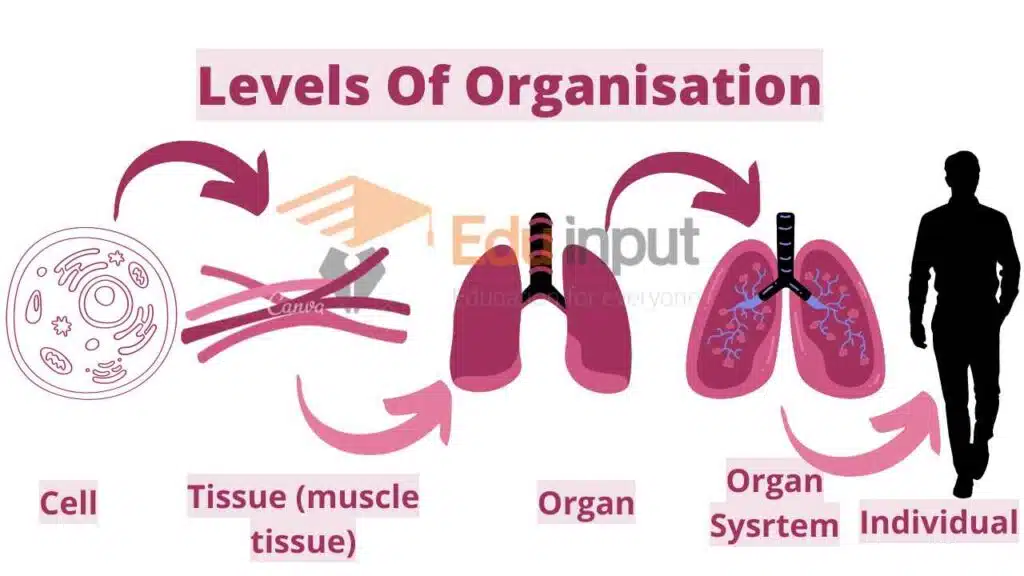
Structure of Cell
The structure of a cell can be studied under light or electron microscopes. Modern technology gives the process of cell fractionation technique. This technique is used to isolate various components and organelles of cells and study their structures and functions in detail. This technique has the following steps:
- The tissues are homogenized in a special instrument called a centrifuge. Various parts of the cell are separated by density gradient centrifugation.
This separation is achieved by spinning the homogenized or disrupted cells in a special medium. It is done in a centrifuge machine at medium speed.
- Different separated parts of the cell form different layers. These layers are set on the basis of differences in size, weight, and density.
Some cellular parts require a very high speed for separation from other parts of the cell. This is achieved through ultracentrifugation.
Components of Cell
There are three major components of the cell:
1. Cell membrane (plant cell consists of the cell wall).
2. Cytoplasm-containing cell organelles.
3. Nucleus with nuclear and chromatin material.
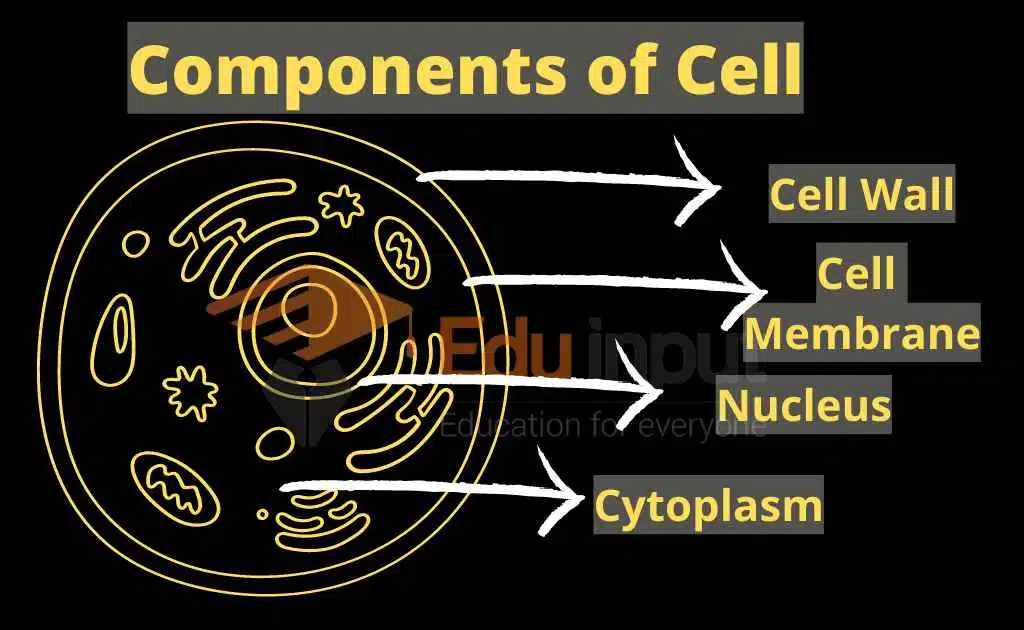
Extracellular Matrix
The extracellular matrix (ECM) is a complex and dynamic network of molecules that surrounds and interacts with cells, playing a critical role in many aspects of cell biology including cell shape, migration, growth, and differentiation.
The traditional view of the ECM as an inert supporting material has been replaced with the understanding that cells continuously interact with and influence their ECM products, as well as the ECM produced by other cells. Matrix receptors on the cell surface link the ECM to the cell interior, and the composition and organization of the matrix have a significant impact on the metabolism, shape, and other properties of the cell. [2]
Types of Cell
Organisms fall into two general categories:
Eukaryotic cell
All organisms are divided into plants and animals in the traditional system of classification. Plant and animal cells can be distinguished by the presence or absence of cell walls.
The cells of plants are complex. They have a distinct nucleus of chromatin material. It is bound by a membrane. Such cells are called eukaryotic cells.
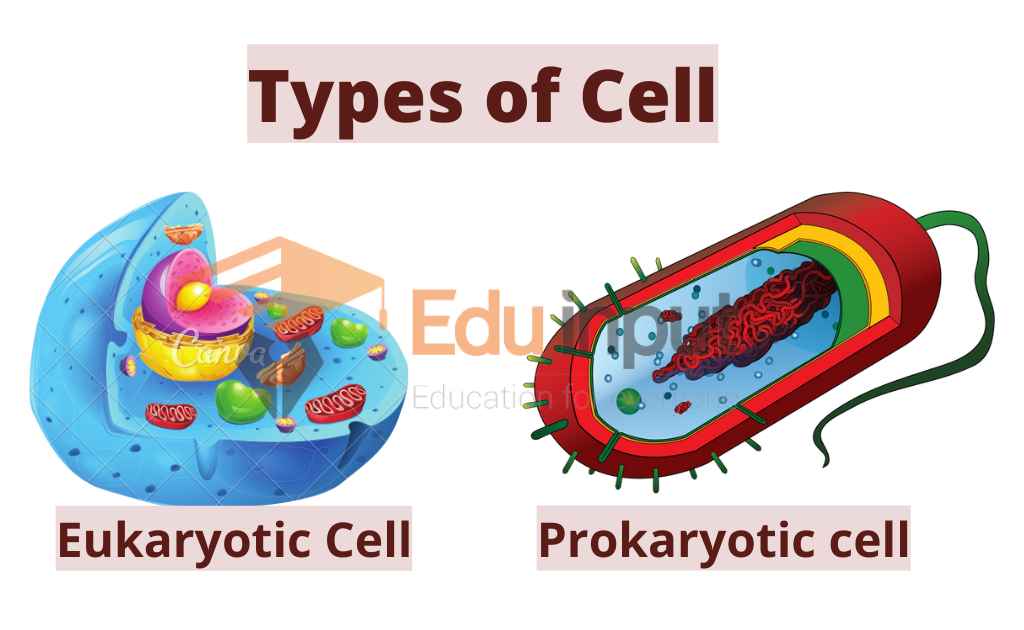
Prokaryotic cell
Some organisms like bacteria have primitive types of cells. They lack a definite nucleus and are called prokaryotic cells.
The nuclear material is directly submerged in the cytoplasm in these cells. Their cytoplasm is not separated.
Bacteria are the example of Prokaryotic organisms.
types of organisms based on cell numbers
There are two types of organisms based on cell numbers:
Unicellular Organisms
Organisms consisting of a single cell are called unicellular organisms. e.g bacteria, viruses, paramecium. These are simple organisms. They perform all the cellular activities in a single cell.
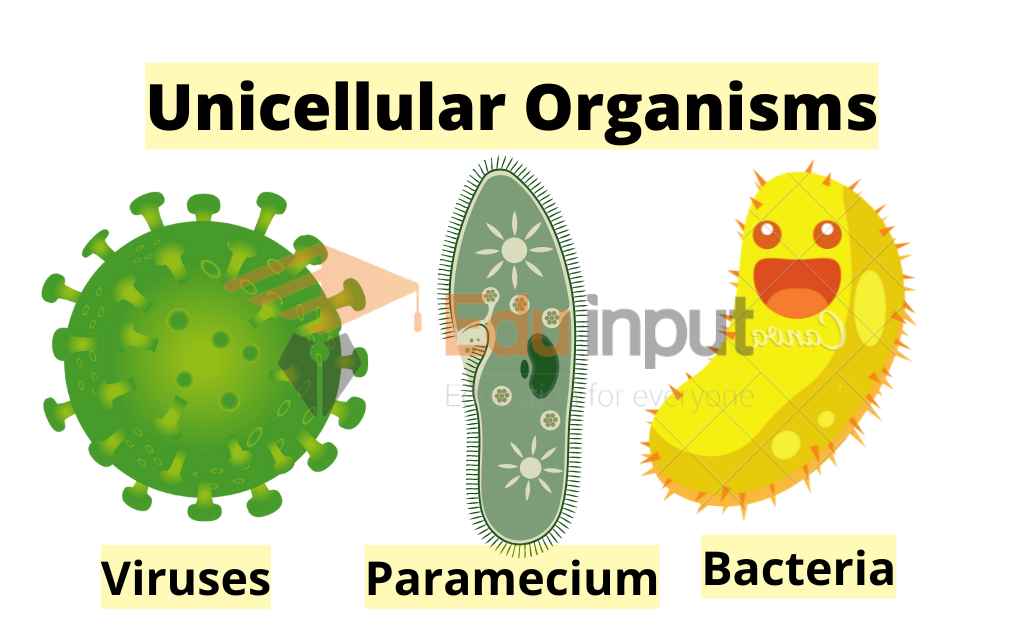
Multicellular Organisms
Organisms consisting of multiple specialized cells are called unicellular organisms. e.g Plants, animals, and humans.
Multicellular organisms carry out specific cell activities through a well-defined group of cells. These cells make tissues that are specified for specific functions.
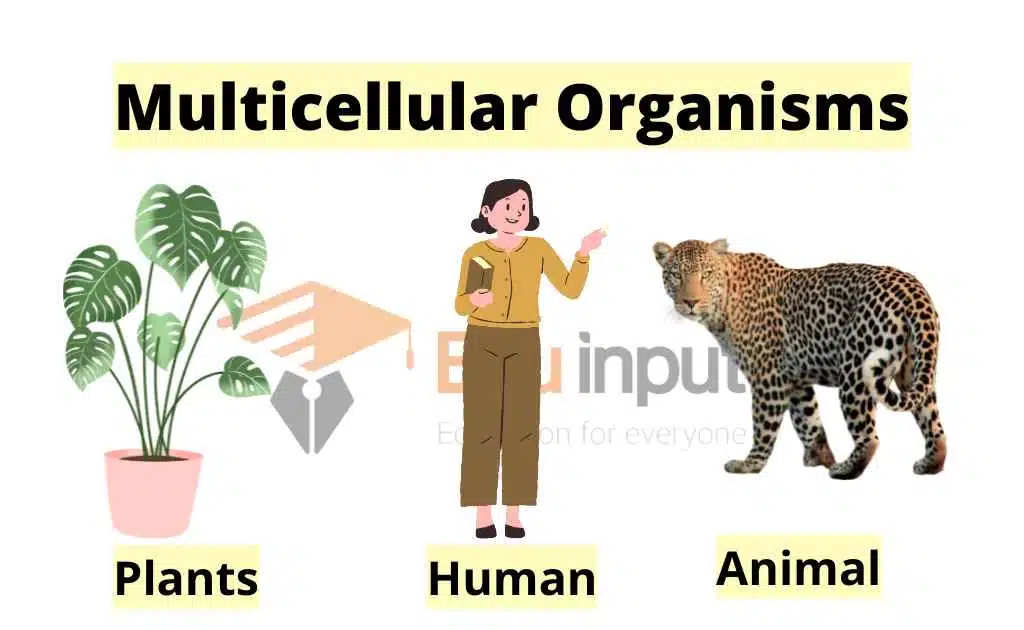
Cell Biology/Cytology
Cytology is a branch of biology that studies cells, their structure, function, and properties. It covers a broad range of studies including cell anatomy, biochemistry, genetics, and physiology. Cytologists use a variety of techniques to study cells, including microscopy, molecular biology, and cell culture. The study of cells has led to many discoveries in medicine and biology, including the discovery of the cell membrane and the development of treatments for diseases like cancer.
For example, Cell-penetrating peptides (CPPs) are short amino acid sequences that can transport various molecules into cells, including drugs, proteins, and nucleic acids. This technology has many applications in the field of biology and medicine, as CPPs can be used to target specific cells or subcellular compartments. By conjugating CPPs with molecules, improved medical imaging and drug delivery agents can be generated. The use of CPPs has significantly advanced the field of cell biology and has provided new tools for the development of therapies for various diseases. [3]
Differences Between Prokaryotic and Eukaryotic Cell
Here are the key differences between prokaryotic and eukaryotic cell:
| Prokaryotic Cell | Eukaryotic Cell |
| The endoplasmic reticulum is absent. | The endoplasmic reticulum is present. |
| The nucleus is absent. | The nucleus is present. |
| Mitochondria is absent. | Mitochondria is present. |
| The cytoskeleton is absent. | The cytoskeleton is present. |
| The ribosome is smaller in size. | The ribosome is larger. |
| Sexual reproduction is absent. | Sexual reproduction is present. |
| They are Unicellular. | They are Multicellular. |
Size Of Cell
The eukaryotic cells vary in size. Most of the cells are microscopic and cannot be seen by the naked eye. Most plant and animal cells are only visible under a light microscope, with dimensions between 1 and 100 micrometers.
The unit for measuring the size of a cell is microns. The biggest cell is the egg of an ostrich.
Frequently Asked Questions-FAQs
What is a cell?
The cell is the smallest unit of life that can live on its own. It consists of cytoplasm, intracellular organelles, and nuclei.
What is the smallest cell?
Mycoplasma is the smallest known cell.
What is the largest cell?
Ostrich’s egg is the largest cell.
Who discovered the cell?
In 1665, Robert Hook discovered the cell.
What is the cell made up of?
The cell is made up of the following biological molecules:
Proteins
Carbohydrates
Lipids
Nucleic acids
What is the structure of the Cell?
The cell consists of;
Cell wall (absent in animal cells)
Cell membrane
Cytoplasm containing intracellular organelles
Nucleus

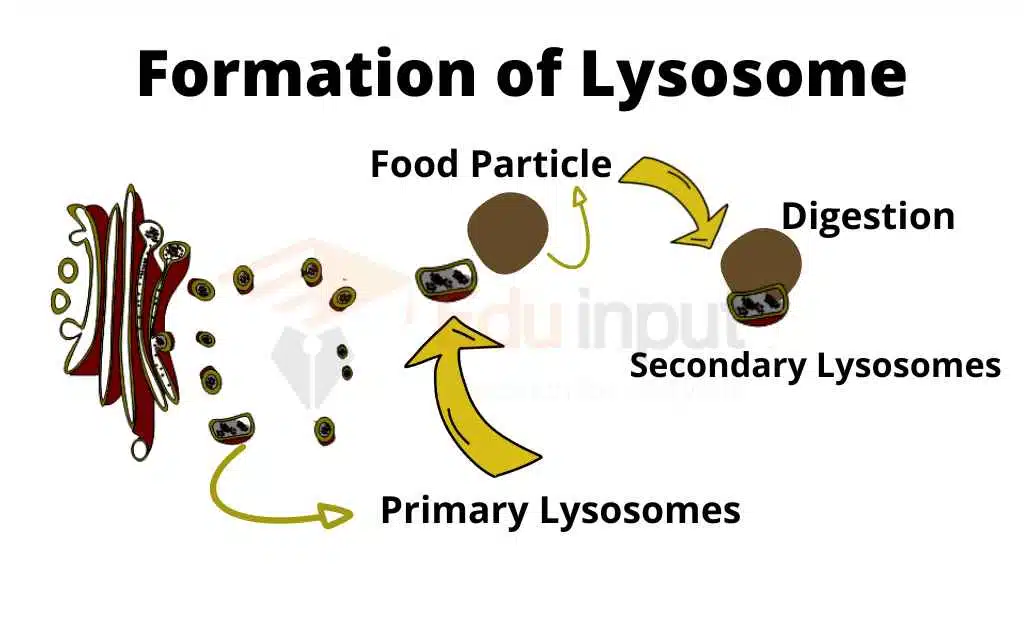

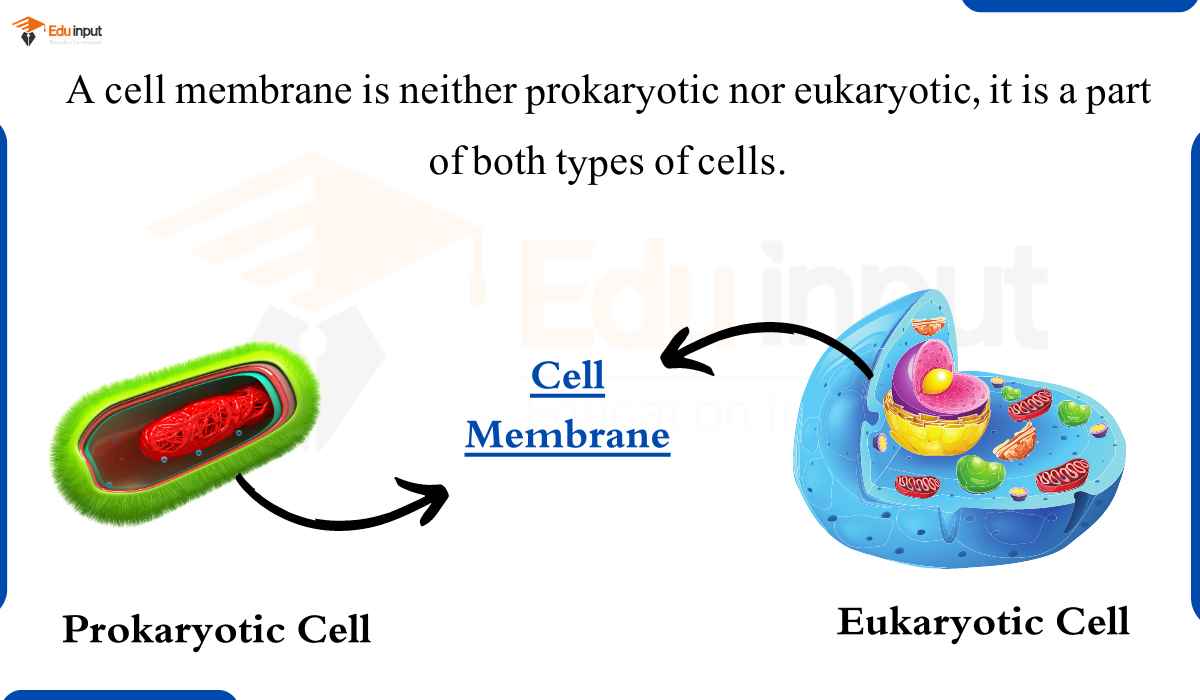


Leave a Reply